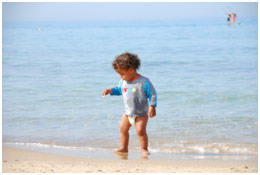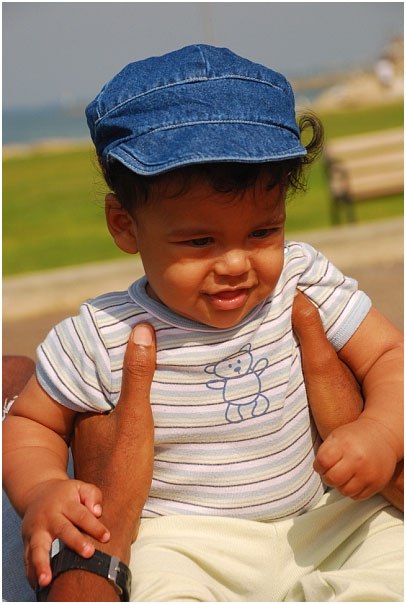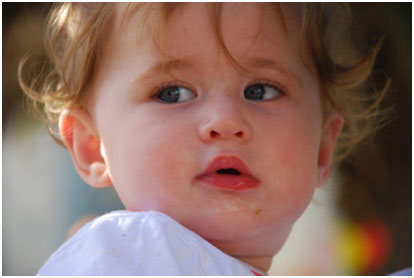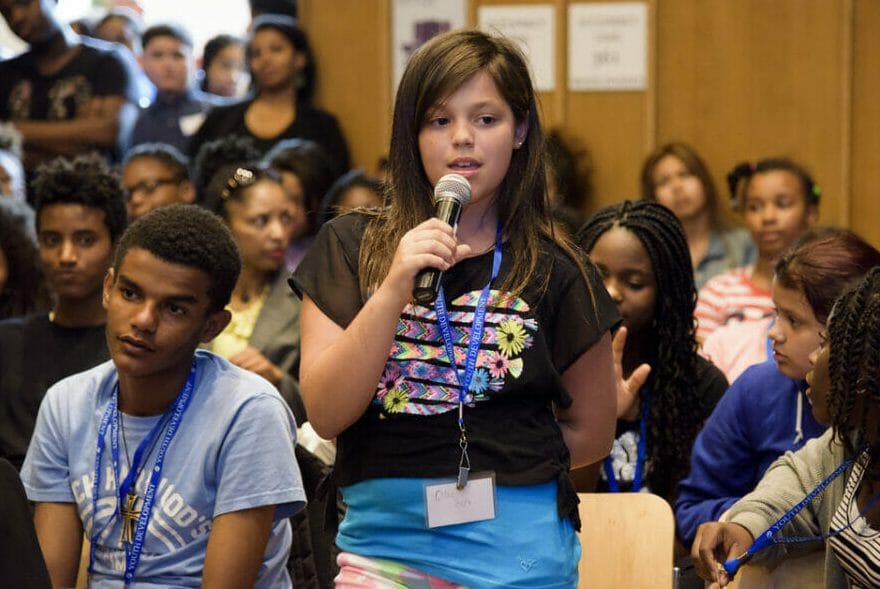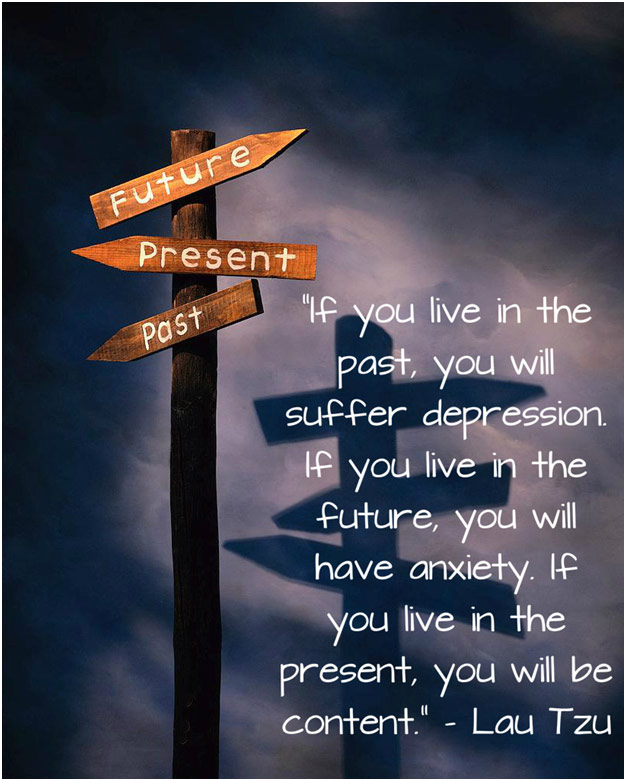
What is anxiety? Anxiety is one of the biggest problems of our society today. Research has found that it is one of the main reasons for sickness, relationship problems, crime and failure. People who are anxious have a bad physical reaction to thinking about the future.
Everybody feels anxiety sometimes. It is a natural reaction to what is perceived as danger – an evolution of the “fight or flight” response. While for most people, experiencing anxiety in small doses is normal and healthy, for others, feeling anxious about the future or about situations over which they have no control may cause real interference with daily living.
The problem is with the frequency of the fear and the perception of danger, when in fact there may be no real danger. When people experience mild anxiety, we call it “worrying”. When the fear takes over and blocks the person from living a normal life, we call it “Anxiety Disorder”.
Think about it this way: anxiety is when your mind goes towards a possible, horrible, bad, unpleasant future and you react to it NOW. No one is anxious when they think about getting compliments, or having a great time. We are anxious about something that MAY go wrong in the future.






